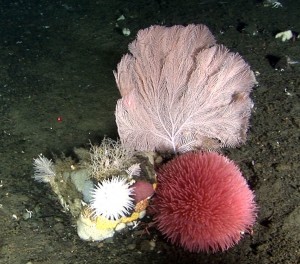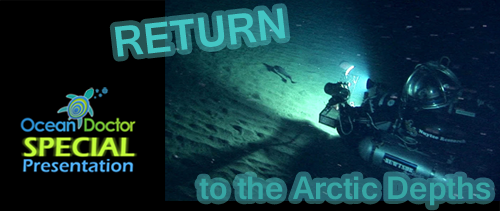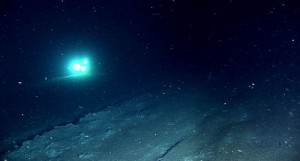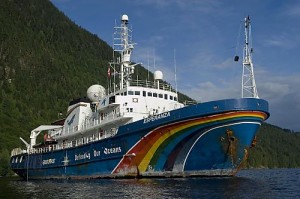Hope Beneath the Bering Sea!

A beautiful cluster of deep-sea coral, byozoans, anenome and other delicate life below 1,000 feet in the Bering Sea’s Pribilof Canyon
Yesterday I received wonderful news from colleague and friend, John Hocevar at Greenpeace, who has been on the front lines in Juneau seeking protection for the world’s largest underwater canyons, both in Alaska’s Bering Sea: Zhemchug Canyon and Pribilof Canyon, the “Grand Canyons” of the sea.
According to John, “the [North Pacific Fishery Management] Council unanimously adopted motions for both short term and long term measures. First, they agreed to identify coral areas in the canyons and weigh options to protect them. Second, they will develop a Fishery Ecosystem Plan for the Bering Sea, with particular emphasis on the shelf break.“
Following eight days of often contentious hearings and tremendous pressure from powerful industrial fishing interests, this is very welcome news and exactly what our Greenpeace-led coalition had hoped for.
Over the weeks and months ahead our coalition will have a great deal of work to do helping ensure that the Council to follows through with strong measures that will ensure the health of the Bering Sea and the fisheries it sustains.
Our Ocean Doctor action alert set a new record for the number of responses. You added your voices to thousands around the world, and for that we are deeply grateful. And I am pleased to say that your voices were heard loud and clear. According to Greenpeace’s Jackie Dragon, Council member John Henderschedt thanked all who provided comments, saying “your voices are important to this process and they’ve been heard.” From all sources, more than 100,000 individuals submitted comments!
This victory is especially important as it underscores that the oceans represent the largest public trust in the United States, and not the exclusive domain of industrial fishing or any other commercial interest. They belong to and must be stewarded by all of us. You helped us make that point loud and clear, and for that, please accept my profound thanks.
| Sincerely, |
 |
| David E. Guggenheim, Ph.D. President, Ocean Doctor Director, Cuba Conservancy |
|
Learn More: The Worst Thing I Ever Saw Underwater Action Alert: Grand Canyons of the Bering Sea VIDEOS: Return to the Arctic Depths BeringSeaCanyons.org (Greenpeace) Spoiler alert: Fishery Council votes in favor of the Bering Sea (Greenpeace) |






